Top 8 Roller Compactor: Which is Best – Buyer’s Must-Read
A roller compactor is a piece of construction equipment used to compact soil and other construction materials. It consists of a cylindrical drum fixed on a frame and attached at the front or back of an engine cabin for motorized compactors. Non-motorized roller compactors are either pulled by an animal or pushed by humans using handles fixed on the frame.
Roller compactors in various industries
Roller compactors are applied in two main industries, construction and landfill management. Roller compactors are used in road construction for various reasons. Firstly, they are used to compact the base and subbase layers of the road to attain the needed bearing capacity and stability of the road. The smooth drum road roller is used in compacting asphalt to give a smooth and consistent surface. In building construction, roller compactors are used to stabilize soils for foundation construction.
In landfill management, roller compactors are used to compress waste into smaller volumes and higher densities. This increases the landfill capacity and minimizes the risk of waste spreading.
Purpose of the post
The reason for this post is to identify the best roller compactor available on the market. The article explores different roller brands, their features, merits and demerits.
Contents
Key Factors to Consider When Choosing the Best Roller Compactor
A. Types of roller compactors available
There are three main types of roller compactors are available on the market; vibratory rollers, sheep foot rollers, pneumatic rollers. The choice of a compactor should be guided by project requirements. Vibratory rollers are equipped with vibration mechanisms that enhance compaction. The sheep foot roller has pads on the drum; the pads reduce the force to area ration increasing compaction. Pneumatic rollers are equipped with air-filled rubber tires instead of a drum. They are used to provide a smooth finish to surfaces such as asphalt road paving.
B. Weight and size considerations based on project requirements
The weight and size of roller drums affect the generated compaction force. A heavier and wider drum should be used in projects that require higher degrees of compaction over large areas. Lighter compactors require more passes to deliver higher compaction; thus, they are uneconomical for such projects.
C. Engine power and compaction force
The engine is responsible for pulling or pushing the drum over material. Bigger engines are needed for compactors with wide and heavy drums. The weight of the drum determines the compaction force generated. Therefore, the engine size has an impact on the compaction force generated.
D. Drum width and diameter for effective compaction
The size of the drum determines the number of passes needed for effective compaction. Smaller drums require a higher number of passes; this makes them uneconomical and time consuming for projects that require higher degree of compaction over large areas.
E. Maneuverability and ease of operation
Ease of operation refers to how complex the roller compactor controls are. Simple compactors require less skills, therefore, lesser is spent on training and paying operators. Maneuverability refers to how easy it is to move the roller within spaces. Maneuverability determines the terrain and space within which a roller can operate effectively.
F. Vibration frequency and amplitude
This consideration applies to vibratory rollers. Vibration frequency and amplitude determines the compaction effect generated by the roller. Amplitude determines the impact on the material while frequency determines the intervals at which the impact is applied.
G. Drum surface material and quality
Drum surface determines the quality of finish one gets in a compaction process. Smooth steel drums are heavy and provide a consistent and smooth surface. In landfill management, the drum is coated by corrosion resistant material to withstand waste toxicity.
Top 8 Roller Compactors in the Market
Roller Compactor Wacker
1. Manufacturer and model
This roller is manufactured by Wacker Neuson, and America-based Company dealing in a variety of construction equipment. There are several roller compactor models, however, their most common is the RC110 drum roller compactor.
2. Key features and specifications
The outstanding feature of this roller is the total visibility of all parts of the roller from the cabin. The control system involves an intuitively-designed display and a joy stick that makes it easy for operators to learn and master the roller. Its large departure angle and grade ability makes it maneuverable in tough terrain.
3. Pros and cons
Pros of this roller include;
- Perfect visibility of roller and working area
- Easy to learn and master
- Easy to maneuver.
Cons of this roller include;
- High initial capital
- Unsuitable for use in tight spaces.
4. Customer reviews and ratings
This roller compactor is rated highly by its customers. Most reviews highlight the technological aspects included in the roller while maintaining the simplicity.
Roller Compactor Bobcat
1. Manufacturer and model
Bobcat is one of the leading plant manufacturers in Europe. The company is responsible for manufacturing a wide range of light weight roller compactors and tandem rollers. Their popular brand is the WR65 tandem roller compactor.
2. Key features
The outstanding feature of this roller compactor is its maneuverability and tech-aided controls. The roller has no cabin and is suitable for small-scale projects. However, the operator has the liberty to control the roller remotely; allowing proper monitoring of the compaction process.
3. Pros and cons
The pros of this roller include;
- Fater and efficient compaction
- Easy workspace monitoring and navigation
Cons
- Uneconomical for large scale compaction
- High maintenance cost
- Complex controls to learn and master
4. Customer review
This roller has five-star rating for its suitability in small scale projects. The remote-control feature allows compaction to be carried out by one person saving on human resource costs.
Roller Compactor Caterpillar
1. Manufacturer and Model
Caterpillar CS56B Roller Compactor
2. Key Features
The Caterpillar CS56B is a robust roller compactor designed for high-performance soil and asphalt compaction. It boasts a powerful Cat C4.4 engine, providing reliable and efficient operation. The machine’s versatile vibratory system allows for dual frequency and amplitude settings, enabling optimal compaction in various applications. Its spacious cab ensures operator comfort and excellent visibility, enhancing overall productivity.
3. Pros and cons
Pros: The CS56B offers exceptional compaction efficiency, fuel economy, and operator comfort. Its advanced vibratory system provides versatility, making it suitable for diverse compaction tasks.
Cons: Some users report that maintenance and replacement parts can be expensive, affecting overall operating costs.
4. Customer Reviews
Customers praise the Caterpillar CS56B for its reliability, ease of use, and performance on both soil and asphalt surfaces. However, a few express concerns about the costs associated with maintenance and spare parts.
Roller Compactor Bomag
1. Manufacturer and model
The Bomag BW213DH-5 roller compactor is a top-notch machine designed by Bomag, a renowned manufacturer in the construction industry. This model is known for its exceptional performance in soil and asphalt compaction, making it a popular choice among contractors worldwide.
2. Key features
The BW213DH-5 boasts a powerful engine, smooth hydrostatic drive, and a vibration system that ensures uniform compaction. Its spacious operator cabin provides excellent visibility and ergonomic controls for enhanced operator comfort and safety. Additionally, the machine’s intuitive interface simplifies operation, making it suitable for both experienced and novice operators.
3. Pros and cons
Pros:
Powerful and efficient compaction capabilities
Comfortable operator cabin with excellent visibility
User-friendly interface for easy operation
Cons:
Higher initial investment compared to some competitors
4. Customer reviews
Customers praise the Bomag BW213DH-5 for its outstanding performance and reliability. Many commend its ability to handle various terrains with ease, significantly improving project efficiency. Operators appreciate the comfortable cabin and intuitive controls, reducing fatigue during long hours of operation. While some find the upfront cost higher, the machine’s productivity and durability make it a valuable long-term investment. Overall, the Bomag BW213DH-5 receives high marks from satisfied customers.
Roller Compactor Dynapac
1. Manufacturer and model
Dynapac CA2500D Roller Compactor
2. Key features
The Dynapac CA2500D roller compactor is a versatile and powerful machine designed for soil and asphalt compaction. It boasts a durable drum with excellent traction, making it suitable for various terrains. The machine’s vibration system ensures effective compaction results, while its compact design allows for easy maneuverability in tight spaces.
3. Pros and cons
Pros: The CA2500D offers high compaction efficiency, reducing project time and costs. Its user-friendly controls and comfortable operator cabin enhance productivity and reduce fatigue during extended work hours.
Cons: Some users reported minor issues with occasional maintenance requirements, but overall, the machine’s performance outweighs these concerns.
4. Customer reviews
Customers praised the Dynapac CA2500D for its reliable performance, fuel efficiency, and exceptional compaction results, making it a top choice for construction projects.
Roller Compactor Volvo
1. Manufacturer and model
The Volvo SD115B Roller Compactor is a robust and reliable machine designed by Volvo Construction Equipment.
2. Key features
With a powerful engine and advanced vibration system, the SD115B ensures excellent compaction performance. Its comfortable operator cabin provides enhanced visibility, contributing to safer and more precise operation. The roller also boasts a durable drum and efficient cooling system, making it ideal for various soil and asphalt compaction tasks.
3. Pros and cons
Pros: The Volvo SD115B excels in compaction efficiency, operator comfort, and overall durability. Its reliable performance significantly increases productivity on construction sites.
Cons: Some users have noted that the maintenance costs for this model can be slightly higher compared to other rollers in the market.
4. Customer reviews
Customers praise the Volvo SD115B for its exceptional compaction results and ease of operation. Operators appreciate the well-designed cabin, offering a comfortable and ergonomic workspace. Its powerful engine and smooth controls have garnered positive feedback, making it a top choice among construction professionals.
Roller Compactor JCB
1. Manufacturer and model
The JCB Roller Compactor, model CT160, is a versatile and reliable construction equipment designed to tackle various compaction tasks with ease.
2. Key features
This roller compactor boasts a powerful engine and smooth hydrostatic transmission, ensuring efficient performance. Its dual-frequency vibratory system allows for precise compaction on different soil types. The spacious cab offers excellent visibility and comfort, enhancing the operator’s productivity and reducing fatigue during long work hours.
3. Pros and cons
Pros:
- Powerful engine and hydrostatic transmission.
- Dual-frequency vibratory system for adaptable compaction.
- Comfortable and spacious cab for operator convenience.
Cons:
- Some users reported limited accessibility in tight spaces.
- Maintenance costs could be relatively higher.
4. Customer reviews
Customers praise the JCB CT160 roller compactor for its outstanding performance and comfortable cab. However, a few note challenges in maneuvering within confined job sites. Overall, it remains a reliable and efficient compaction solution for various construction projects.
Roller Compactor Mikasa
1. Manufacturer and model
The Mikasa MRH-700DSB is a powerful roller compactor manufactured by Mikasa, a renowned name in the construction equipment industry.
2. Key features
The MRH-700DSB boasts a robust 728kg operating weight, making it ideal for compacting various materials on construction sites. It features a reliable Hatz diesel engine, ensuring consistent performance. Equipped with a vibration frequency of 60Hz and dual drums for efficient compaction, this roller excels in achieving superior compaction results.
3. Pros and cons
Pros:
- High compaction force for excellent results
- Durable construction for extended service life
- Reliable engine for consistent performance
Cons:
- May be on the pricier side for some buyers
- Heavier weight could limit maneuverability in tight spaces
4. Customer reviews
Customers praise the Mikasa MRH-700DSB for its outstanding compaction capability and durability. However, some mention the higher price tag as a drawback. Overall, it receives positive feedback for its reliability and effectiveness on construction sites.
Comparison of the Top 8 Roller Compactors
A. A tabular comparison of the specifications
| Model | Operating Weight (kg) | Engine Power (hp) | Vibration Frequency (Hz) | Drum Width (mm) | Key Features |
| Mikasa MRH-700DSB | 728 | 7.5 | 55 | 692 | – Yanmar engine for consistent performance – Dual drums for efficient compaction |
| CT160 | 1710 | 18.5 | N/A | N/A | Spacious cab with excellent visibility |
| Cat CS56B | 12200 | 130 | 30 | 2130 | – Cat C4.4 engine for power and fuel efficiency – Versatile vibratory system for smooth compaction |
| Volvo SD115B | 11650 | 148 | 42 | 2130 | – Volvo D4 engine for high torque – Smooth drum shell kit for versatile applications |
| Bomag BW213DH-5 | 12700 | 160 | 42 | 2130 | – Bomag Economizer for fuel-efficient operation – Single drum design for uniform compaction |
| Dynapac CA2500D | 9800 | 110 | 33 | 2100 | – Dynapac engine for reliable performance – Large water tank for extended working hours |
| Bobcat WR65 | 2500 | 48 | N/A | N/A | – Compact size for easy maneuverability – Ideal for small-scale compaction jobs |
| Wacker RC110 | 11000 | 133 | 41 | 2100 | – Comfortable operator station with excellent visibility – Dual drum vibration for efficiency |
B. Performance evaluation based on key factors
Mikasa MRH-700DSB stands out with its compact design and powerful compaction capabilities, featuring a dual drum system. JCB CT160 is a ride on two drums roller, suitable for various tasks on construction sites. Caterpillar CS56B and Volvo SD115B offer higher operating weights, ensuring optimal compaction efficiency. Bomag BW213DH-5 and Dynapac CA2500D are well-regarded for their fuel efficiency and reliable performance. Bobcat WR65 is ideal for small-scale compaction jobs due to its compact size. Wacker RC110 offers a comfortable operator station and dual drum vibration for enhanced efficiency.
C. Price comparison and value for money
The price range for the top roller compactors varies significantly, with the smaller and less powerful models like Bobcat WR65 and Wacker RC110 being more budget-friendly, typically ranging from $20,000 to $40,000. On the higher end, larger and more powerful models like Caterpillar CS56B and Volvo SD115B can cost anywhere from $100,000 to $200,000 or more. In terms of value for money, the mid-range options such as Mikasa MRH-700DSB and Dynapac CA2500D offer a good balance of performance and affordability.
Expert Recommendations
A. Expert opinion on the top roller compactors
The top roller compactors, such as Caterpillar CS56B and Volvo SD115B, are highly regarded in the industry for their powerful performance, efficient compaction, and durability. These machines offer excellent value for money, making them ideal choices for demanding construction projects where reliability and productivity are paramount.
B. Factors to consider when making a final decision
When making a final decision on roller compactors, consider factors like the machine’s operating weight, drum width, and engine power for the required compaction needs. Evaluate the compactor’s fuel efficiency, maintenance requirements, and overall durability to ensure cost-effectiveness. Additionally, assess the compactor’s maneuverability, operator comfort, and safety features for optimal performance and operator satisfaction on the construction site.
C. Best roller compactor based on specific uses
The best roller compactor for specific uses depends on the project requirements. For larger-scale projects that demand high compaction efficiency and versatility, the Caterpillar CS56B and Volvo SD115B are excellent choices. For smaller-scale tasks or tight spaces, the Bobcat WR65 and Wacker RC110 offer maneuverability and cost-effectiveness. For heavy-duty compaction on rugged terrains, the Bomag BW213DH-5 and Dynapac CA2500D are preferred. Always match the roller compactor to your project’s unique needs for optimal results.
Conclusions
Choosing the right roller compactor is crucial for the success of any construction project. Each roller has unique features tailored to specific needs, and considering factors like compaction efficiency, maneuverability, and cost-effectiveness is essential.
While all the mentioned roller compactors have their strengths, the Caterpillar CS56B emerges as the best overall choice for its powerful performance and versatility. Carefully assessing project requirements and making informed decisions based on the provided information ensures successful and efficient compaction.
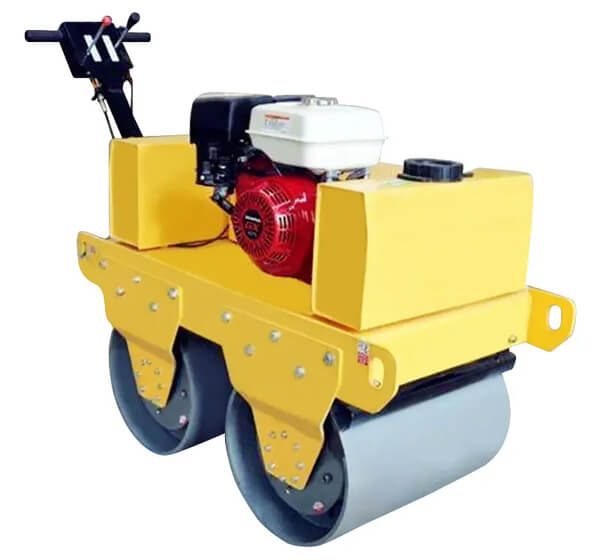
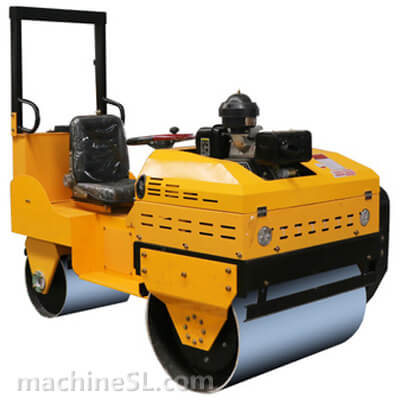
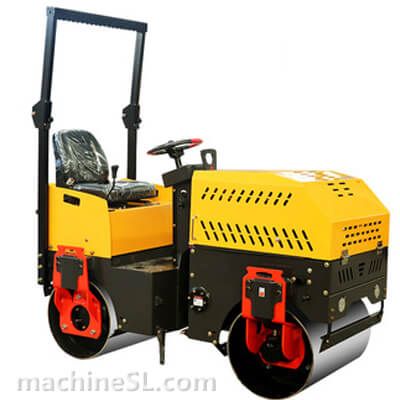
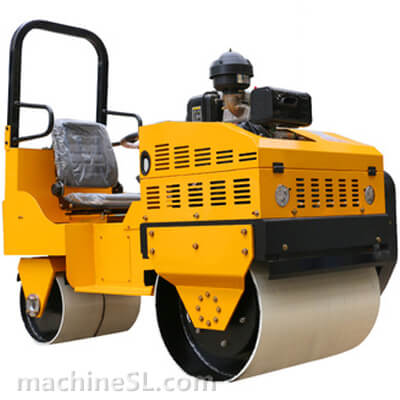
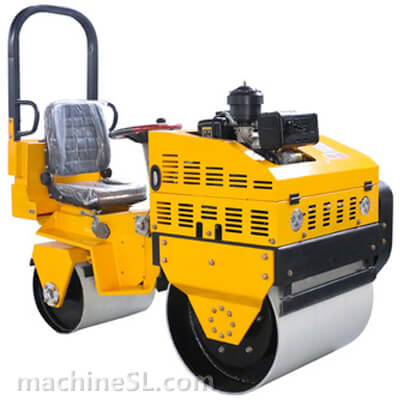
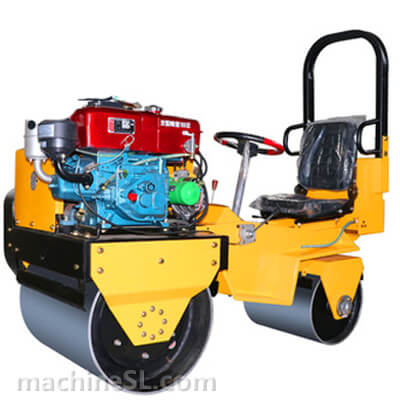
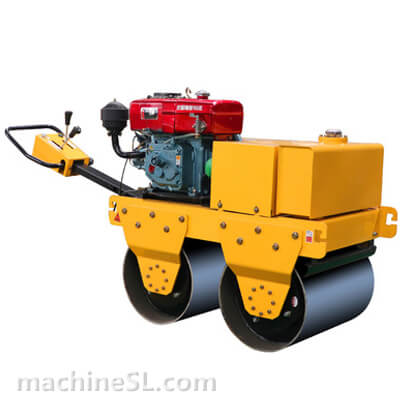
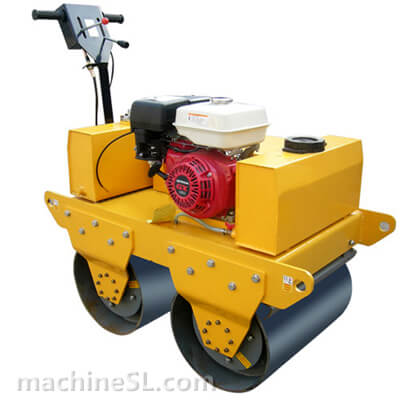
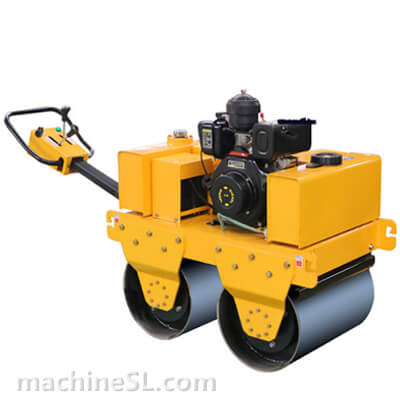
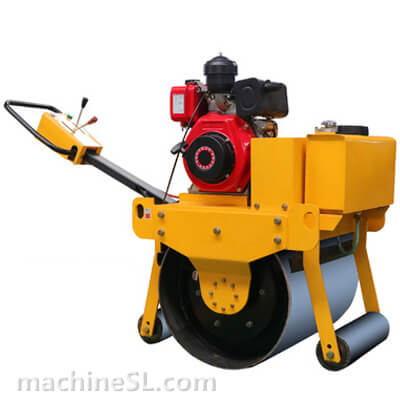
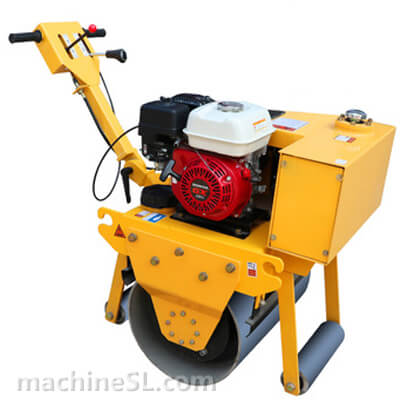
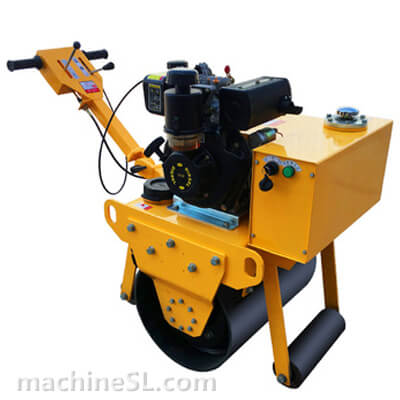
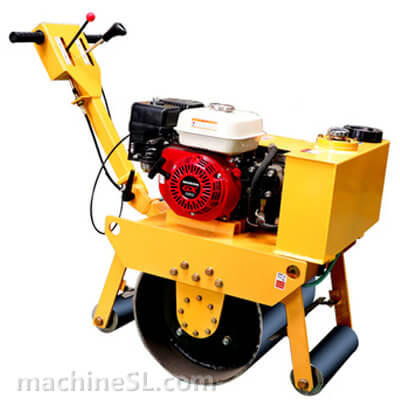
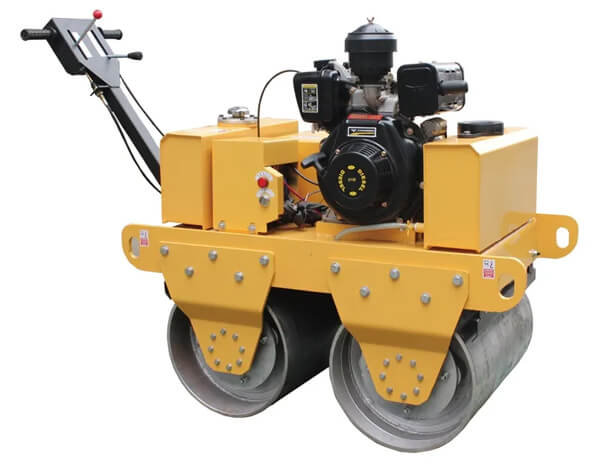
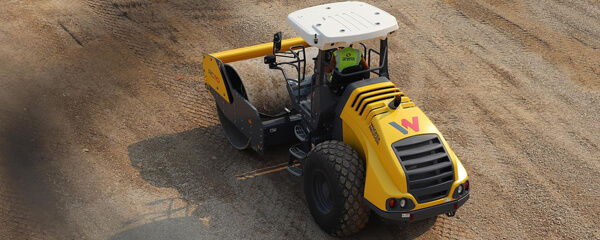


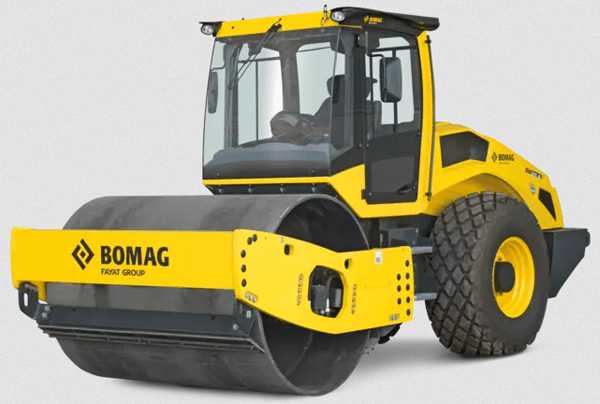
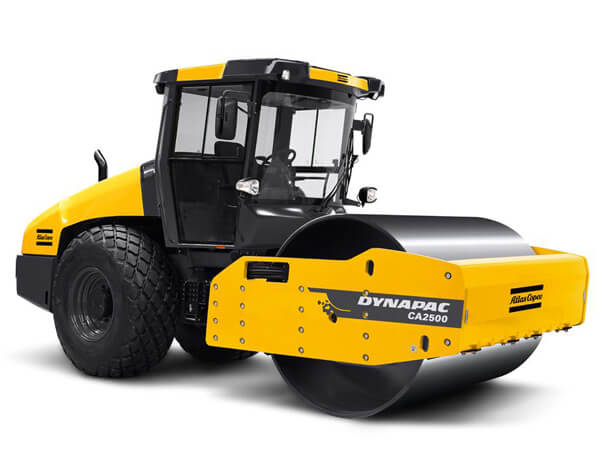
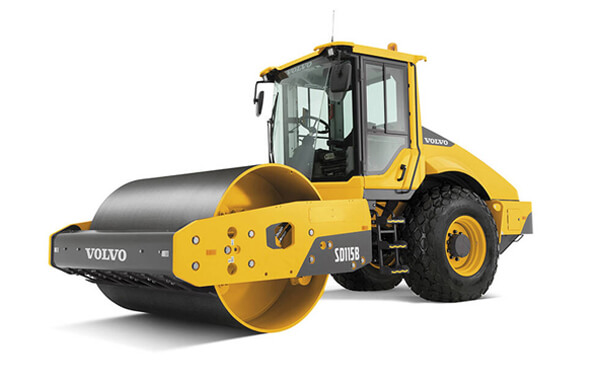
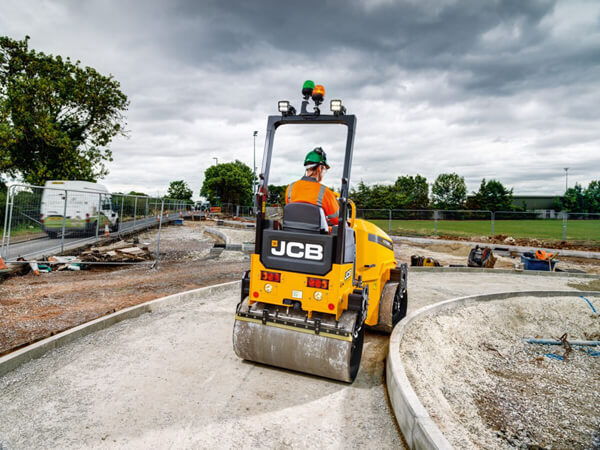
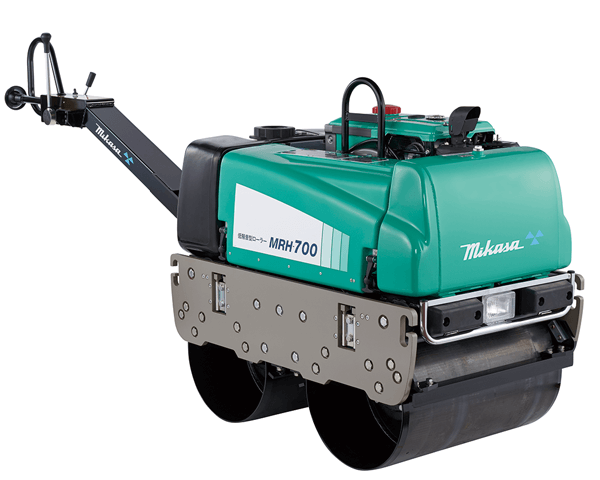
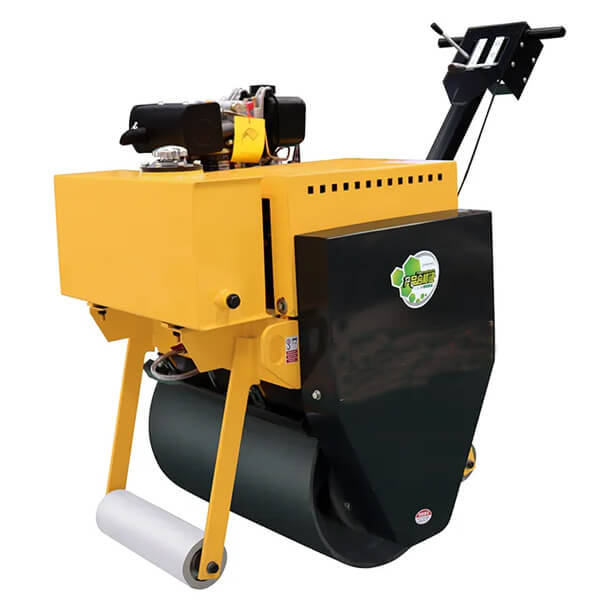
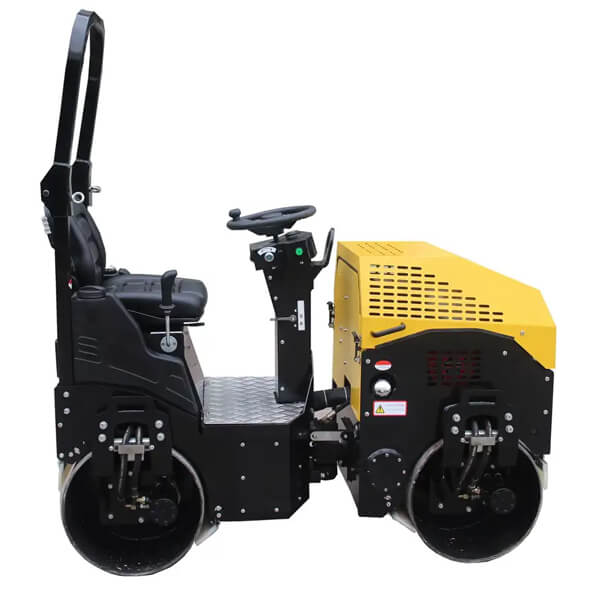
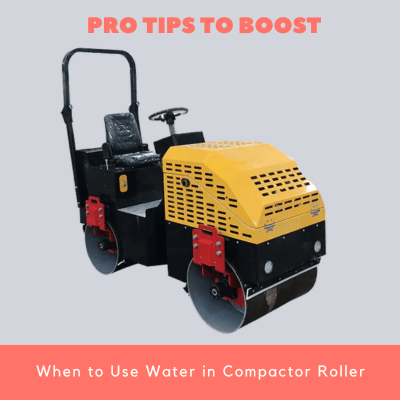
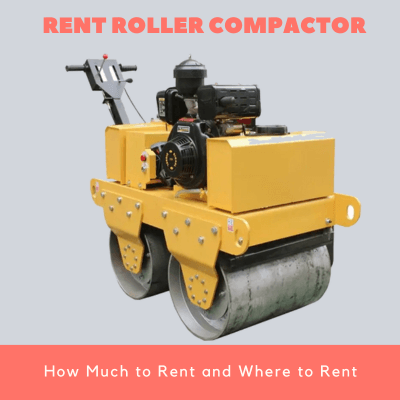
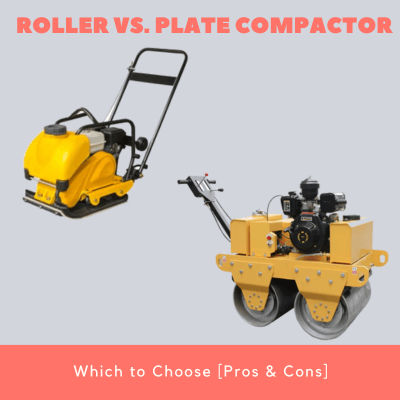
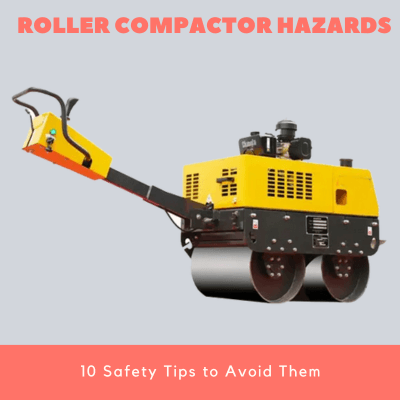
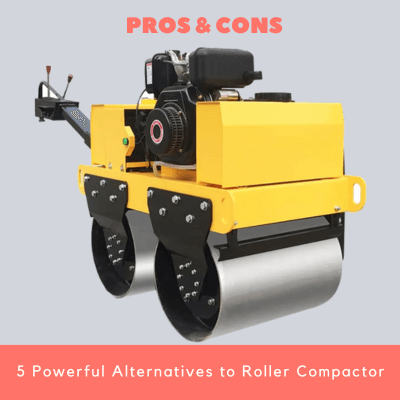
Leave A Comment